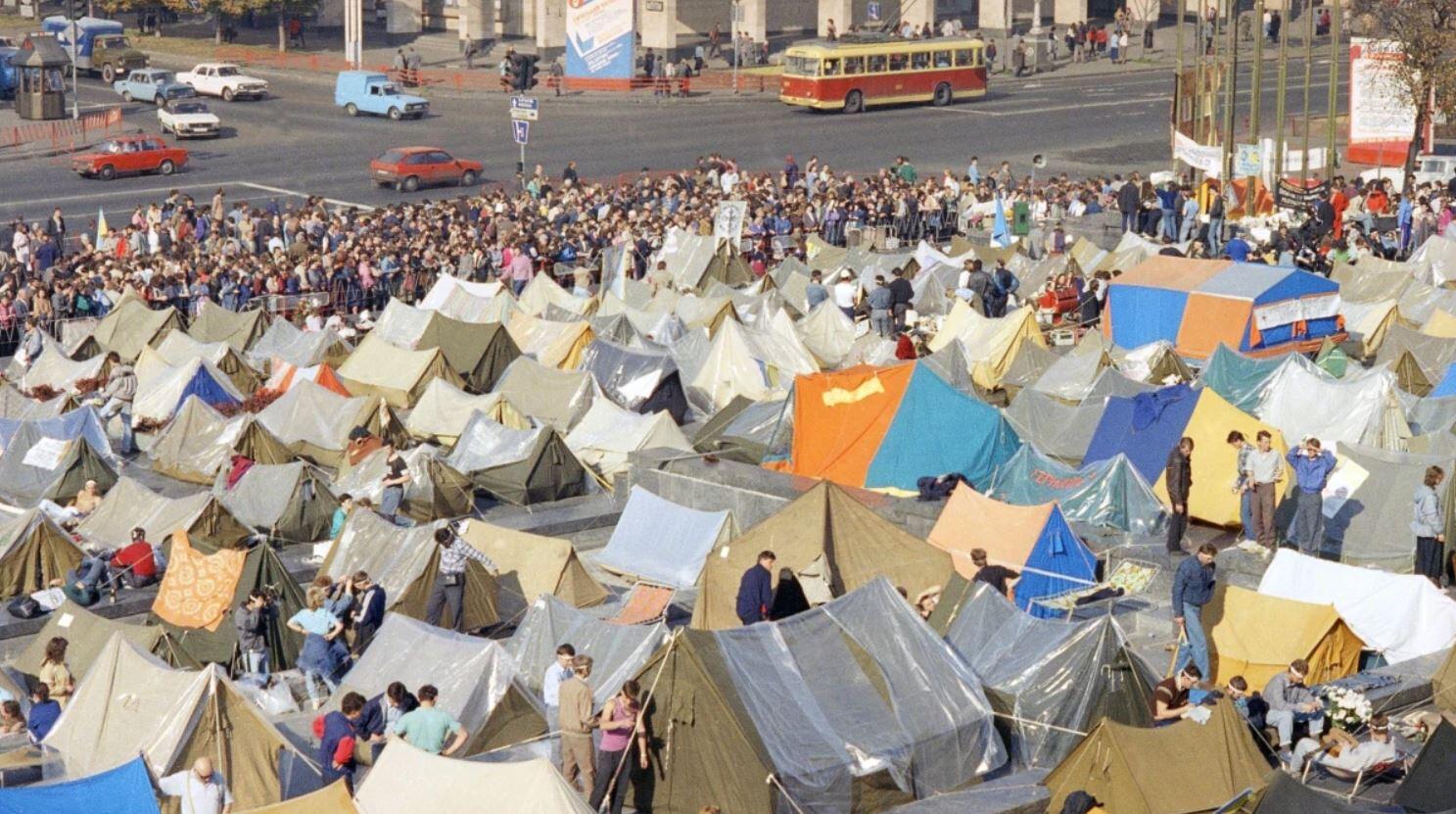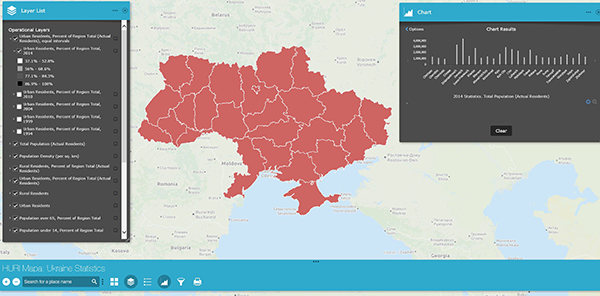Using a unique and previously untapped dataset of telegrams sent to student hunger strikers in Soviet Ukraine, this the Revolution on Granite module examines spatial dispersion of civil resistance in a repressive political regime. The study argues that national identity, compared to socioeconomic grievances, explains better the level of opposition in a multiethnic, authoritarian state. The analysis demonstrates that support for the student hunger strike, also known as the Revolution on Granite (Granite Revolution), was higher in areas with a larger proportion of Ukrainian-language speakers. Additionally, the rate of telegram-sending was significantly higher in areas with a more robust presence of the reform-oriented social movement Rukh. Meanwhile, socioeconomic grievances exerted a weaker impact on the rate of telegraphing support for the pro-democracy student movement.

Moreover, contrary to classic modernization theory, opposition to the communist regime is found to be lower in areas with a higher level of urbanization. The profile of senders, as well as the content of telegrams, also suggests that identity-based grievances prevailed among supporters of the Revolution on Granite . The study makes an empirical contribution to contentious politics literature by exploring patterns of civil resistance and political communication in the era preceding the rise of social media.
